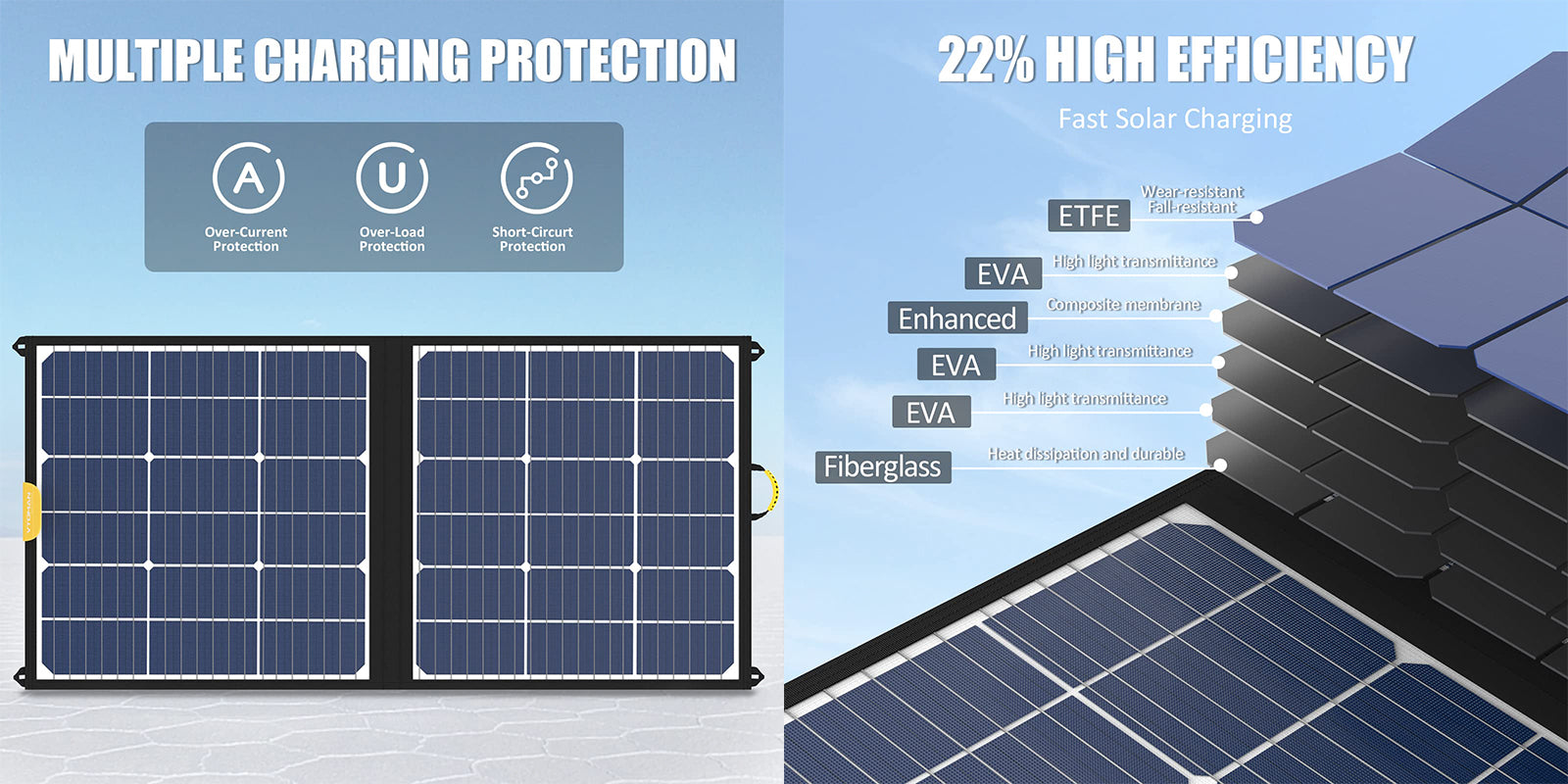Are you considering installing solar panels on your RV? With the increasing popularity of renewable energy, many RV owners are opting for solar power as a sustainable and cost-effective solution. In this beginner's guide, we will explore the key factors to consider when choosing and installing RV solar panels.

Understanding Your Energy Needs
Before diving into the world of RV solar panels, it's important to assess your energy needs. Consider the appliances and devices you plan to power with solar energy. Are you looking to run basic necessities like lights and a refrigerator, or do you also want to power larger appliances such as air conditioning units? Understanding your energy requirements will help you determine the size and capacity of the solar panel system you need.
Additionally, it's essential to consider your travel habits. Do you primarily camp in sunny locations, or do you frequently find yourself in shaded areas? This will affect the efficiency and effectiveness of your solar panels.
Choosing the Right Solar Panels
When it comes to selecting RV solar panels, there are a few key factors to consider. Firstly, you'll need to choose between monocrystalline, polycrystalline, or thin-film solar panels. Monocrystalline panels are known for their high efficiency and sleek appearance, while polycrystalline panels are more affordable but slightly less efficient. Thin-film panels, on the other hand, are flexible and lightweight, making them a popular choice for RV owners.
Next, consider the wattage and voltage of the solar panels. Higher wattage panels will generate more power, but they may also be larger and heavier. It's important to strike a balance between power output and space limitations on your RV roof.
Installing Your RV Solar Panels
Installing solar panels on your RV can be a DIY project, but it's crucial to follow the manufacturer's instructions and safety guidelines. Here are a few key steps to keep in mind:
- Choose the right location on your RV roof for optimal sun exposure.
- Ensure the roof is clean and free of any debris before installation.
- Mount the solar panels securely using brackets or adhesive.
- Connect the panels to a charge controller, which regulates the flow of electricity to your RV's battery bank.
- Finally, connect the charge controller to your RV's battery bank.
It's important to note that if you're not comfortable with DIY installations, it's best to hire a professional to ensure a safe and efficient setup.
Conclusion
Choosing and installing RV solar panels can be a rewarding experience that allows you to harness the power of the sun while enjoying the freedom of the open road. By understanding your energy needs, selecting the right solar panels, and following proper installation procedures, you can create a sustainable and efficient solar power system for your RV.
For more information on rv solar panels, check out these credible sources:



